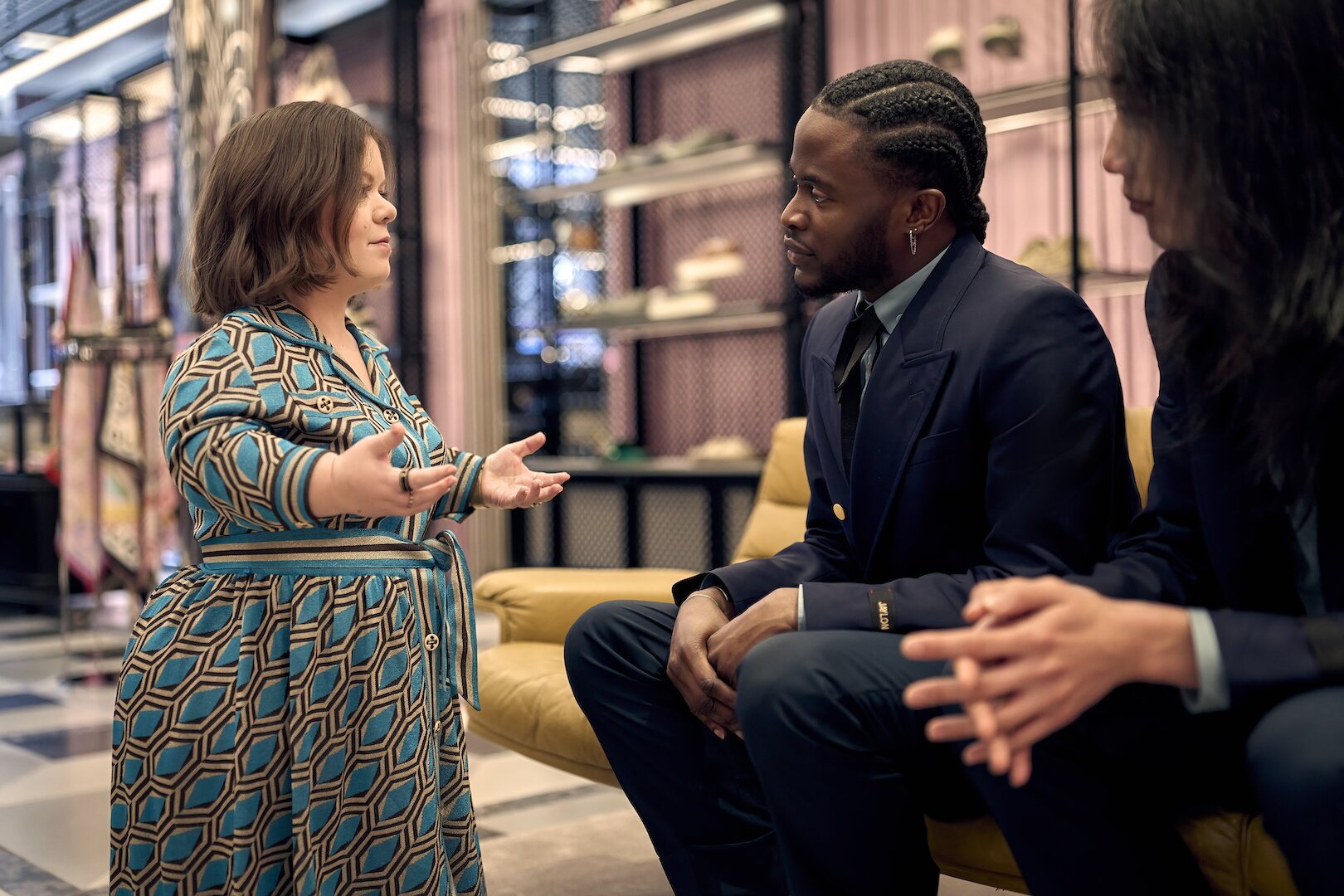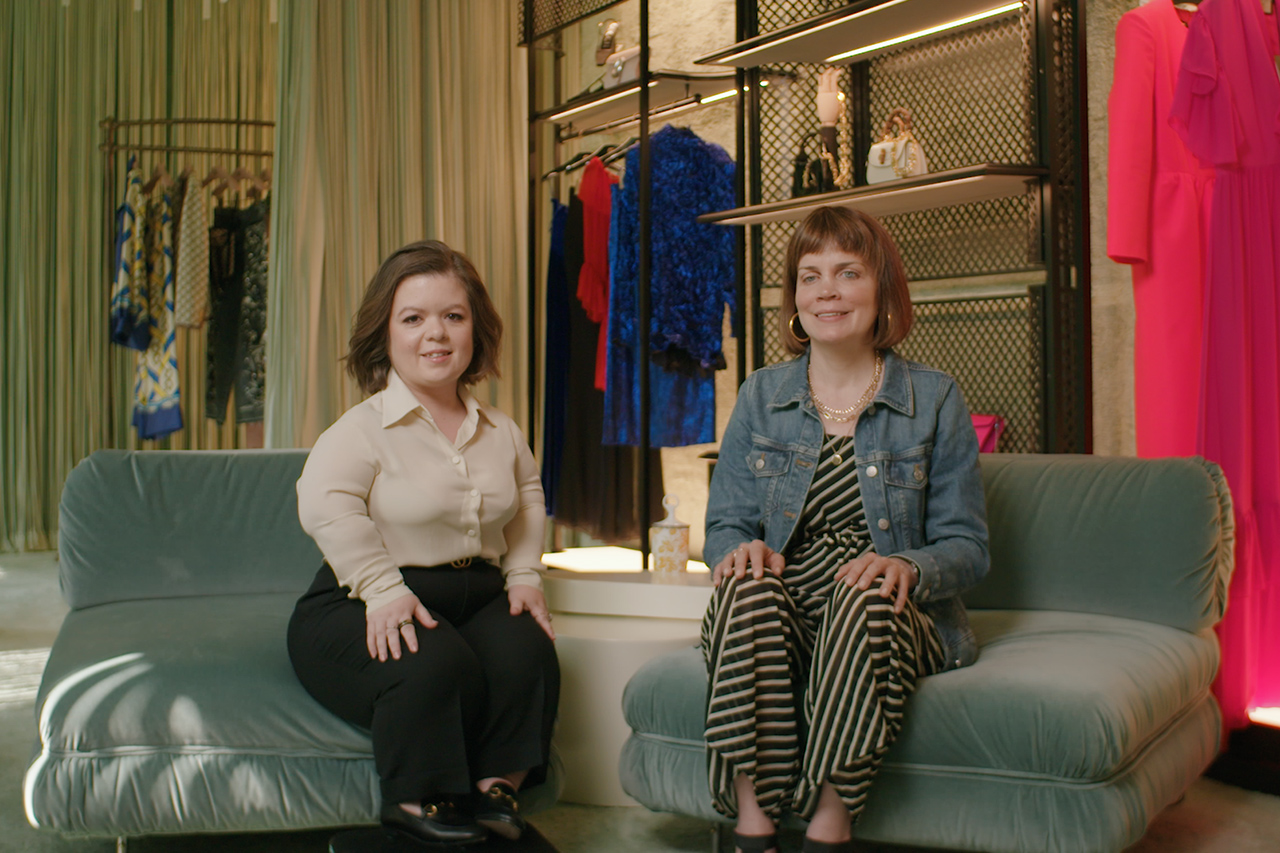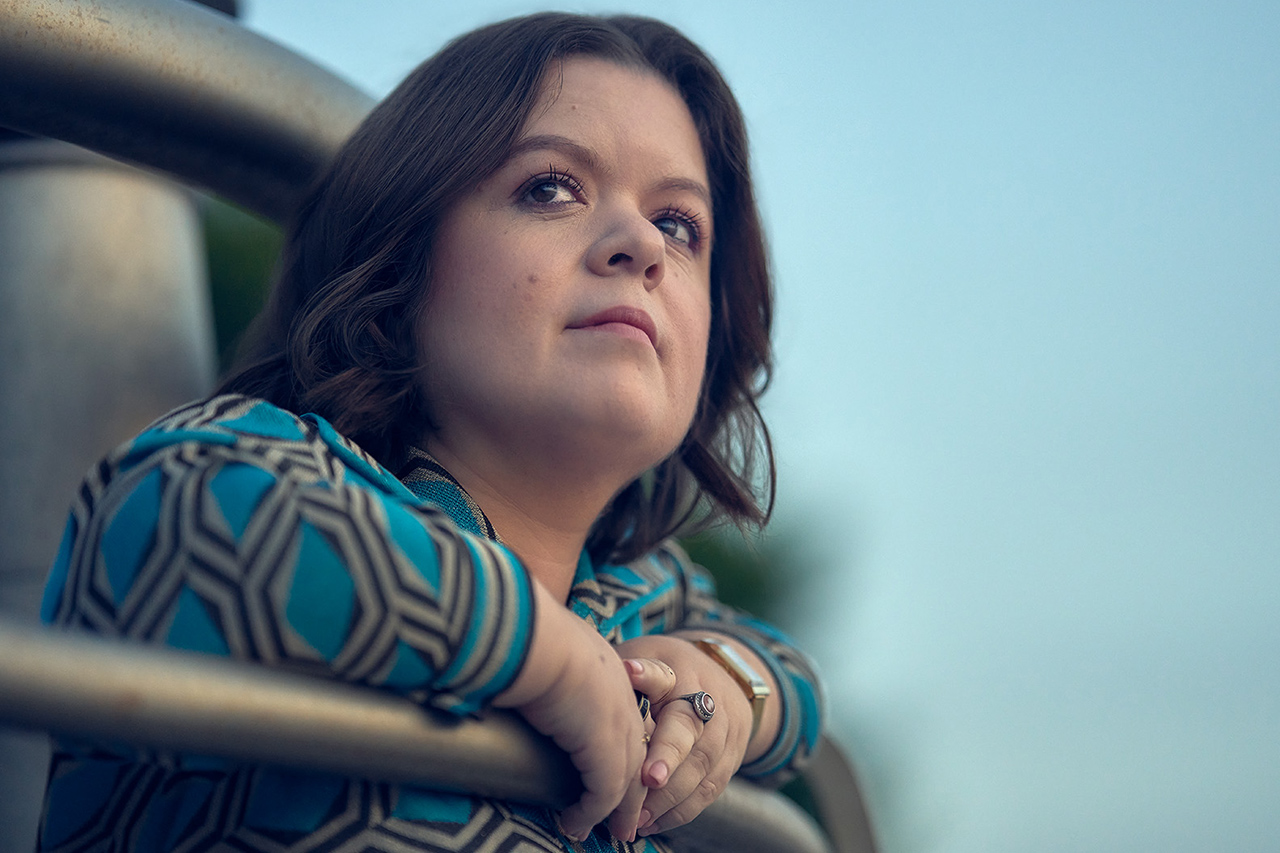A conversation with Sinéad Burke spotlighting Accessibility and Disability Inclusion in the fashion industry and beyond
Last year, Gucci achieved a significant milestone by becoming one of the 2022 “Best Places to Work For Disability & Inclusion” in the Disability Equality Index – a recognition that was earned again in 2023. This accomplishment is the result of various initiatives Gucci has undertaken in recent years, including the enhancement of in-store experiences and accessibility through Gucci’s partnership with AIRA which connects Blind and low-vision customers to remote interpreters that provide real-time access to visual information via smartphones. Sinéad Burke, founder and CEO of Tilting the Lens, shares the House’s commitment and desire to establish new codes for fashion, creating greater opportunities for consumers and for Disabled people in the workplace.
“We have an opportunity to design a world that supports our sustainable growth and development. One that is truly accessible to all.”
What does it mean to live in a world that is not designed for you?
My understanding of disability has and continues to evolve. As a little person, and someone with a physical disability, my early life was framed by the notion that inaccessibility was my responsibility and barrier to overcome. This meant that because I couldn’t reach or was excluded from a space or activity, it was my responsibility to accept those barriers, that the blame lay with my body, and it was my obligation alone to change it. Over time, my mindset has shifted, and my understanding now is that inaccessibility is a universal experience – one which some have to witness more frequently – but it is our collective opportunity to transform the world we live in today, tomorrow, and forever.
For example, how many of us now watch content with captions? Either because it supports our concentration, aids with the language barrier or is useful because the sound levels are inaccessible.
Words carry meaning and when discussing accessibility and inclusion, what is the correct grammar to use?
Within the context of disability, language can be perceived as both personal and political. For many, there is an acceptance and comfort in using identity-first language. This use of ‘Disabled person’ rather than a person with a disability acknowledges a cultural shift; we now believe that disability is an intrinsic part of our identity and experience. One that shapes our personality, motivation, and perspectives. This brings about a Disability consciousness and Disability pride.
However, while the use of identity-first language is growing, many continue to prefer person-first language, describing themselves as a person with a disability.
“That nuance extends further as we move across geographical boundaries. For example, in the United Arab Emirates, signage often refers to the Disabled community as, people of determination.“
In considerations of language, we have to create space for people to self-identify with vocabulary that supports their comfort levels and also acknowledges the international nuances of the topic. The solution, however, is to always try. More and more, we are seeing non-disabled people sharing the fact that they are nervous to make a mistake, to say the wrong thing, and that perhaps it’s easier to say nothing at all. Our hesitation to make a mistake should not be prioritized over our desire to include and engage with as many people as possible.

How should the topic be approached? Should the focus be on details or the big picture when acting on a global scale for the promotion of inclusion and accessibility?
At Tilting the Lens, our theory of change is rooted in an approach that is: top-down, bottom-up, and side-ways. We have chosen this course of action because change does not happen overnight, it is a continuous process that prioritizes progress over perfection.
From a company perspective, it requires a strategic vision from leadership, one that sets out a critical path and measures successes, creates collective accountability and communicates the progress made. However, this work is only possible due to individual efforts and education. It is not work that lies with one department, team or budget, but a consequence of how we strive for and enact our mission.
We must celebrate the individuals who are engaged in this work and who continuously invest in moving from awareness to action and ensuring that it’s continuously prioritized.

For this work to be achieved, it requires a global ambition, but also local actions that build towards long-term change. For a fashion brand to be inclusive, such inclusion must be a strategic priority. At Gucci, this is showcased by the global objective to “Create greater opportunities for Disabled people at Gucci”, which is led and implemented by the Global Equity Board. This objective has stretched across all departments, supporting activities regarding accessible recruitment and delivering a pilot employment project in different regions. It has cultivated workflows in store development and design, creating great opportunities for accessibility to be embedded in the earliest possible stages of retail and corporate office innovations. It has created opportunities with external organizations (such as AIRA) to look to digital, not merely for accessibility, but innovation. It has extended an invitation to Disabled creatives and leaders to participate in this industry for the first time.
Discover the full, audio-described video in the following link.
Discover the 2022 Gucci Equilibrium Impact Report at the following link.



